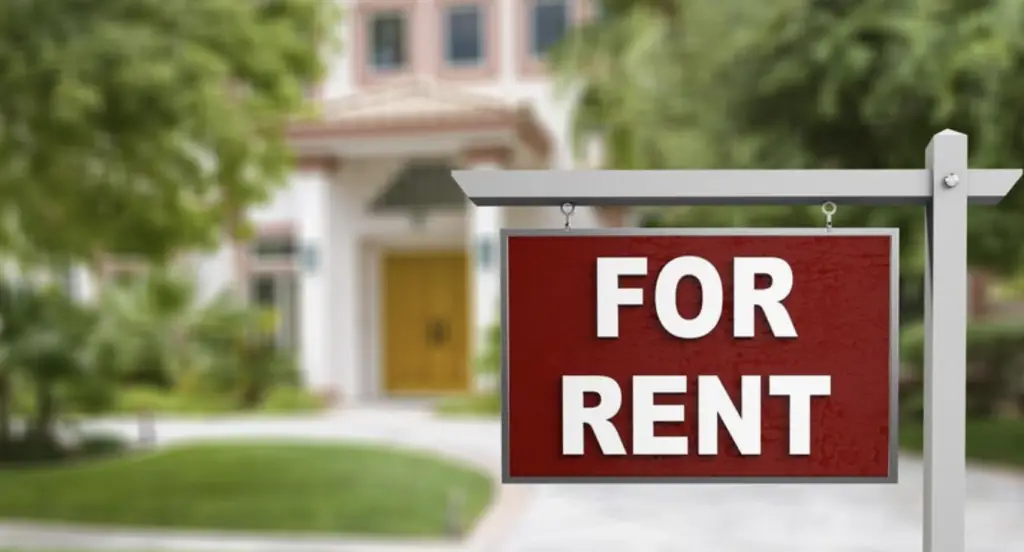Landlords often face the challenge of ensuring timely rent payments from tenants. This dilemma has led to the widespread adoption of rent incentives, offering a variety of perks to encourage prompt payment and tenant retention. These incentives for apartment tenants to pay rent on time range from discounts and waived fees to bonus amenities or lease extensions.
However, as landlords navigate the complexities of managing rental properties, it’s crucial to implement comprehensive strategies to mitigate the risk of rent loss. Among these strategies, landlord insurance and rent guarantee insurance emerge as key safeguards, providing financial security in the face of unforeseen circumstances.
In this article, we discuss the effectiveness of rent incentives in ensuring timely payments and examine the pivotal role of insurance solutions in safeguarding landlords against potential rent defaults.
The Concept of Rent Incentives
Rent incentives are special offers given by landlords to encourage tenants to rent their properties. These offers can include reduced rent for a certain period, free utilities, or even waiving the security deposit. The main goals of these incentives are to attract new tenants, reduce the time that properties are empty between renters, and make rental properties more competitive in the market.
For landlords, rent incentives help fill vacant properties quickly, ensuring a steady income. They also help keep current tenants happy, which increases the likelihood that they will renew their lease. Additionally, by offering attractive incentives, landlords can make their properties stand out from others.
In short, rent incentives are valuable tools for landlords to make their properties more appealing to tenants, ensuring a steady flow of income and fostering positive relationships with renters.
Advantages of Rent Incentives
Rent incentives offer a range of advantages for both landlords and tenants in the rental market.
Quick Leasing Process
Rent incentives expedite the leasing process by attracting potential tenants more quickly, reducing the downtime between occupants and ensuring a steady flow of rental income for landlords. This not only minimizes financial losses associated with vacant properties but also boosts overall property occupancy rates.
Positive Landlord-Tenant Relationships
Rent incentives contribute to creating positive landlord-tenant relationships. By offering benefits such as reduced rent or waived fees, landlords demonstrate a commitment to tenant satisfaction, enhancing trust and communication between both parties. This can lead to longer tenancies as tenants are more inclined to renew their leases when they feel valued and appreciated.
Enhanced Property Appeal
These incentives enhance the appeal of rental properties, making them more competitive in the market. Properties with attractive incentives are more likely to stand out to potential tenants, increasing their desirability and potentially allowing landlords to command higher rental rates. Ultimately, rent incentives serve as effective tools for landlords to secure stable rental income while nurturing long-term, mutually beneficial relationships with their tenants.

Drawbacks of Rent Incentives
While rent incentives offer numerous benefits, they also come with potential drawbacks that landlords should carefully consider.
Financial Impact
Providing incentives can impact cash flow, especially if landlords offer substantial discounts or freebies that significantly reduce rental income.
Risk of Creating Expectations
There’s a risk of creating an expectation among tenants that incentives will always be available, potentially leading to dissatisfaction if incentives are removed in the future.
Less Committed Tenants
There’s a concern that overly generous incentives may attract less committed tenants who are solely interested in short-term gains rather than establishing a long-term rental relationship. This could result in higher turnover rates and increased costs associated with finding new tenants.
Mitigation Strategies
To mitigate these drawbacks, landlords can implement proper planning and tenant screening processes. This includes setting clear guidelines for when and how incentives are offered, as well as conducting thorough background checks to ensure prospective tenants have a history of responsible tenancy. By carefully managing incentives and selecting reliable tenants, landlords can minimize the negative impacts and maximize the benefits of rent incentives in their rental properties.
Evaluating Rent Incentive Effectiveness
Evaluating the effectiveness of rent incentives is crucial for landlords to gauge their impact on property performance and financial outcomes. One method involves tracking key metrics such as vacancy rates and tenant retention rates before and after implementing incentives. A decrease in vacancy rates and an increase in tenant retention can indicate the success of incentives in attracting and retaining tenants.
Furthermore, landlords can compare the cost of incentives to the potential cost of extended vacancies. If the cost of incentives is lower than the potential loss of rental income during vacancies, it may signify that incentives are a cost-effective strategy.
It’s also essential to align incentives with tenant desires and market demand. Conducting market research and understanding tenant preferences can help tailor incentives to attract the target demographic effectively. For instance, offering incentives such as free gym memberships in areas with a fitness-conscious demographic can be more appealing than traditional discounts.
Integrating Rent Incentives with Insurance
Integrating rent incentives with insurance strategies is vital for landlords seeking comprehensive protection against potential rent loss. What insurance does a landlord need? Landlord insurance, particularly rent guarantee insurance, serves as a vital safety net in safeguarding landlords’ income in the event of tenant default or financial hardship.
Rent guarantee insurance offers landlords financial security by reimbursing lost rental income during periods of tenant non-payment. This coverage can be invaluable, providing landlords with peace of mind and mitigating the financial risks associated with tenant defaults. By integrating rent incentives with rent guarantee insurance, landlords create a robust framework for minimizing the impact of rent arrears on their cash flow.
Furthermore, insurance serves as a complementary strategy to rent incentives, ensuring landlords maintain a stable income stream even during challenging economic times or unforeseen circumstances. It acts as a proactive measure, offering financial protection against tenant defaults and reducing the reliance solely on incentives for apartment tenants to pay rent on time.
Implementing a Comprehensive Protection Plan
A comprehensive protection plan for rental properties integrates multiple strategies to mitigate risks and maximize returns. Alongside rent incentives, landlords should prioritize thorough tenant screening processes to ensure reliable renters who are likely to fulfill their lease obligations. Regular property maintenance is also essential to uphold the property’s value and tenant satisfaction, reducing the likelihood of vacancies or disputes.
Additionally, insurance coverage, such as rent guarantee insurance, acts as a critical safety net to protect against potential rent loss due to tenant defaults. By combining these elements into a cohesive strategy, landlords can effectively safeguard their investment and minimize financial uncertainties.
Moreover, understanding local market trends and tenant preferences is important in devising effective rent incentive strategies. Tailoring incentives to meet the demands of the target demographic enhances their appeal and increases the likelihood of attracting and retaining quality tenants.
Rent Incentives: Landlord Gurus Takeaway
When utilized correctly, rent incentives hold immense potential to positively affect the rental business. These incentives can attract quality tenants, reduce vacancy periods, and foster tenant satisfaction and loyalty. However, it’s crucial for landlords to integrate rent incentives into a broader strategy that includes insurance coverage to mitigate rent loss effectively.
Therefore, landlords are encouraged to consider rent incentives as valuable tools within a comprehensive approach to property management, ensuring both financial stability and tenant satisfaction in the dynamic rental market.

Disclosure: Some of the links in this post are affiliate links and Landlord Gurus may earn a commission. Our mission remains to provide valuable resources and information that helps landlords manage their rental properties efficiently and profitably. We link to these companies and their products because of their quality, not because of the commission.




